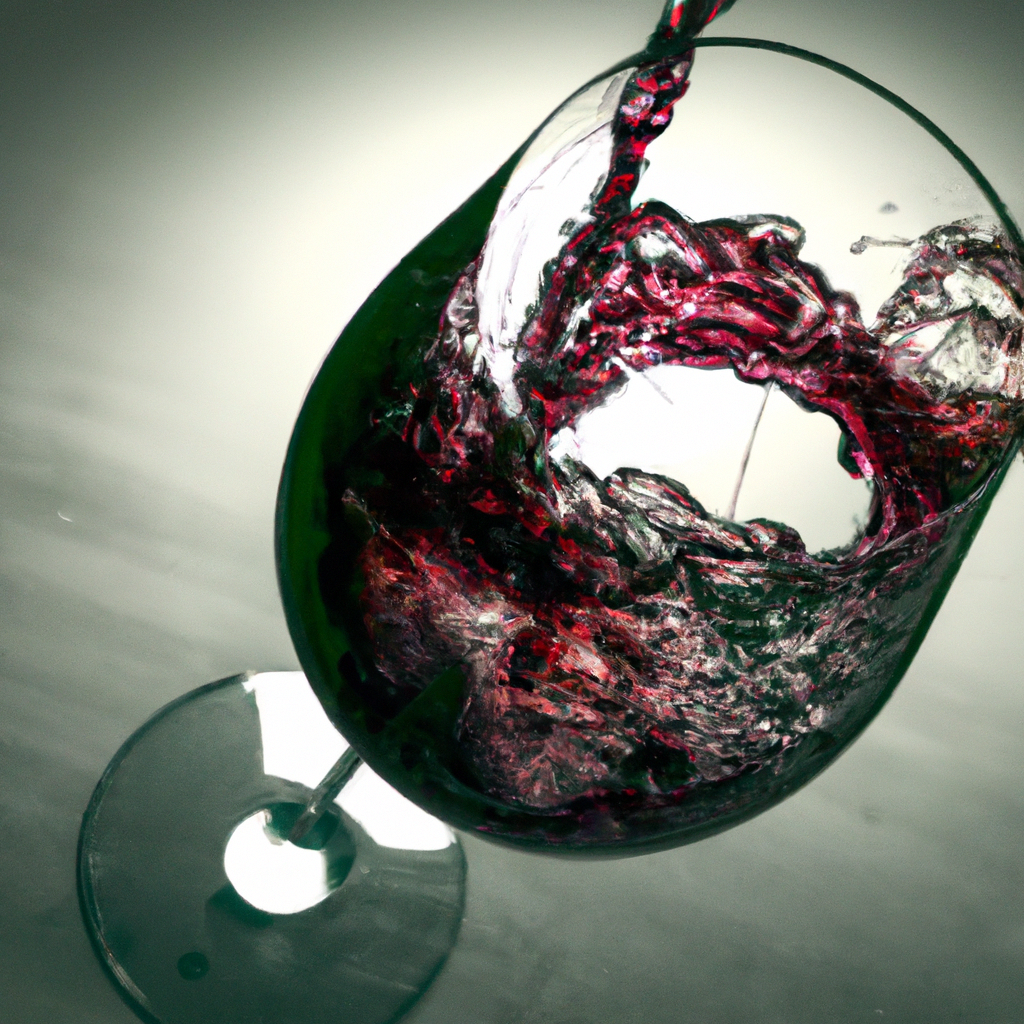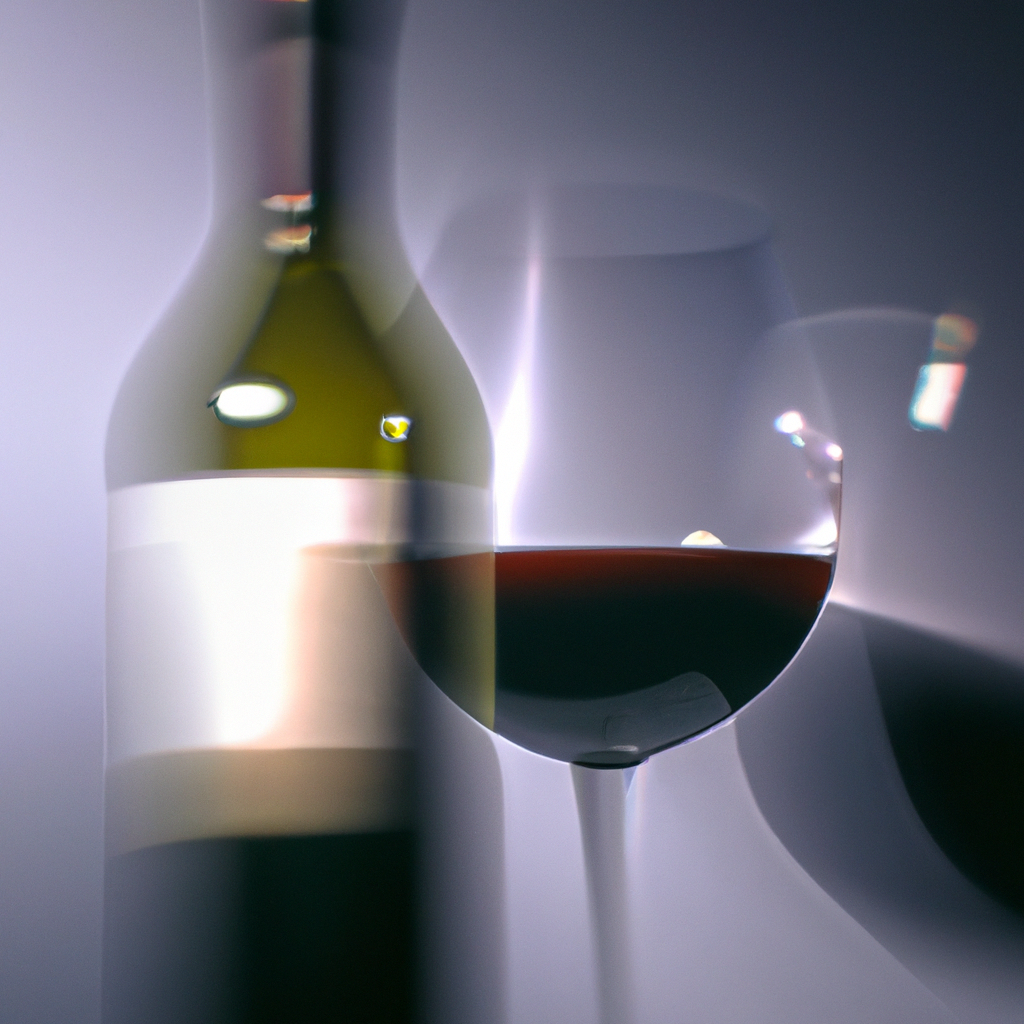
-
Article Summary
- Deception in the World of Wine
- Key Takeaways
- Unveiling the Veil of Deception
- The Art of Wine Deception
- Unmasking the Deception
- FAQ Section
- 1. How prevalent is wine fraud?
- 2. How can I avoid buying counterfeit wine?
- 3. How is technology helping to combat wine fraud?
- 4. What are the penalties for wine fraud?
- 5. How does wine fraud affect the wine industry?
- Conclusion: The Battle Against Deception
- Revisiting the Key Takeaways
Deception in the World of Wine

[youtubomatic_search]
Key Takeaways
- Wine fraud is a significant issue in the global wine industry, with counterfeit wines and mislabeling being the most common forms of deception.
- High-end wines are the most targeted due to their high value and the difficulty in authenticating them.
- Technology and scientific methods are being used to detect and prevent wine fraud.
- Regulations and legal actions are also being implemented to combat wine fraud.
- Consumers can protect themselves by purchasing from reputable sources and learning about the wines they buy.
Unveiling the Veil of Deception
Wine, a symbol of sophistication and luxury, is not immune to the world of deception and fraud. The global wine industry, worth over $300 billion, is a lucrative target for fraudsters. Counterfeit wines, mislabeling, and adulteration are some of the deceptive practices that plague the industry, affecting not only the producers but also consumers and collectors.
The Art of Wine Deception
Counterfeit wines are the most notorious form of wine fraud. Fraudsters replicate high-end wines, such as those from the Bordeaux and Burgundy regions, and sell them at exorbitant prices. The infamous case of Rudy Kurniawan, who sold more than $20 million worth of counterfeit wines, is a stark reminder of the extent of this problem.
Mislabeling is another common form of deception. Producers may falsely claim a wine’s origin, grape variety, or vintage to increase its value. For instance, in 2018, the Spanish police uncovered a fraud ring that sold cheap Spanish wine as expensive French wine, affecting over 3.5 million bottles.
Adulteration, the addition of substances to wine, is a less common but equally damaging form of fraud. In the 1980s, the Austrian wine industry was rocked by a scandal where diethylene glycol, a toxic substance, was added to sweet wines to enhance their flavor.
Unmasking the Deception
Technology and science are playing a crucial role in detecting and preventing wine fraud. Techniques such as mass spectrometry and isotope analysis can determine the geographical origin and vintage of a wine, helping to authenticate it. Companies like Everledger are using blockchain technology to track and verify the provenance of wines.
Regulations and legal actions are also being implemented to combat wine fraud. The European Union has strict labeling laws, and in the United States, the Alcohol and Tobacco Tax and Trade Bureau oversees wine labeling. Legal actions against fraudsters, like the imprisonment of Rudy Kurniawan, serve as deterrents.
FAQ Section
1. How prevalent is wine fraud?
Estimates vary, but some experts suggest that up to 20% of all wine sold globally could be counterfeit or mislabeled.
2. How can I avoid buying counterfeit wine?
Purchase from reputable sources, learn about the wines you buy, and be wary of deals that seem too good to be true.
3. How is technology helping to combat wine fraud?
Technologies like mass spectrometry, isotope analysis, and blockchain are being used to authenticate wines and track their provenance.
4. What are the penalties for wine fraud?
Penalties vary by country but can include hefty fines and imprisonment.
5. How does wine fraud affect the wine industry?
Wine fraud damages the reputation of the wine industry, erodes consumer trust, and results in significant financial losses.
Conclusion: The Battle Against Deception
Deception in the world of wine is a complex issue that requires a multifaceted approach to combat. While technology and regulations are crucial, consumer education is equally important. By understanding the extent of the problem and taking steps to verify the authenticity of the wines they purchase, consumers can play a significant role in combating wine fraud.
[youtubomatic_search]
Revisiting the Key Takeaways
- Wine fraud is a pervasive problem, with counterfeit wines and mislabeling being the most common forms of deception.
- High-end wines are particularly targeted due to their high value and the difficulty in authenticating them.
- Technology, including scientific methods and blockchain, is being used to detect and prevent wine fraud.
- Regulations and legal actions are crucial in combating wine fraud.
- Consumers can protect themselves by purchasing from reputable sources and learning about the wines they buy.






